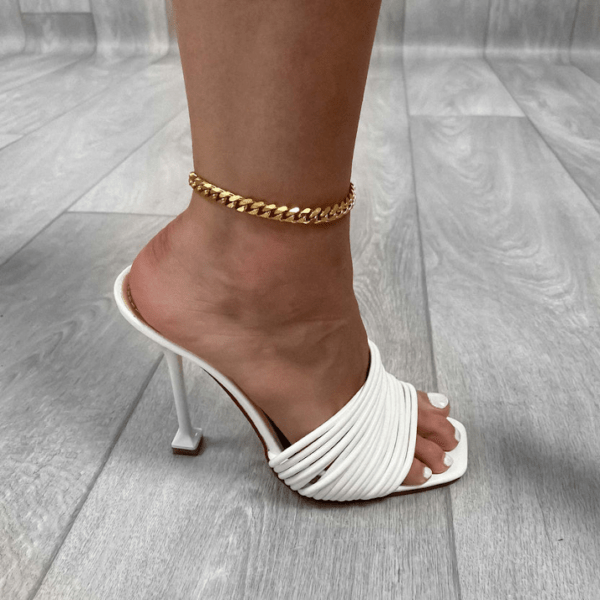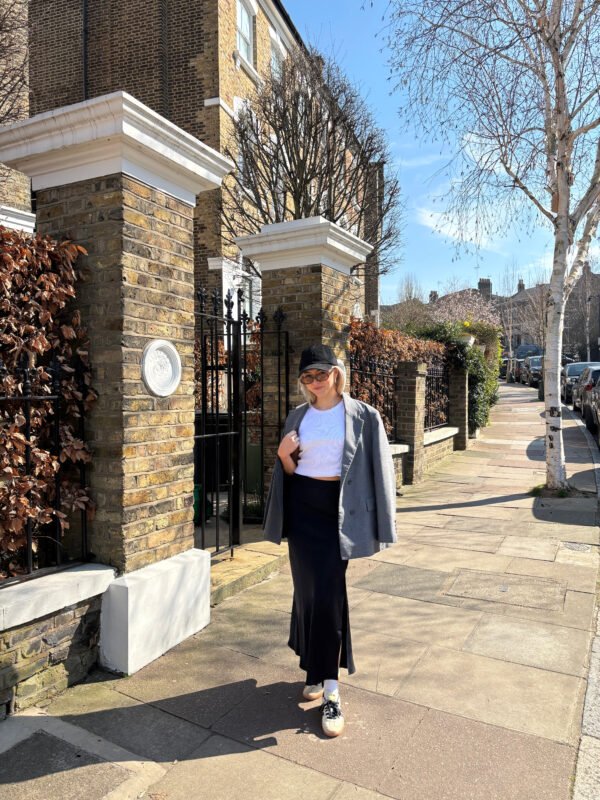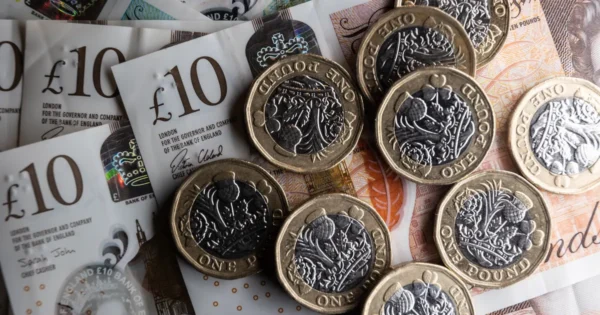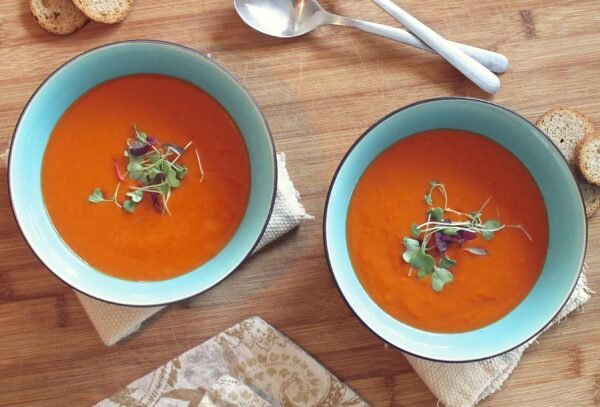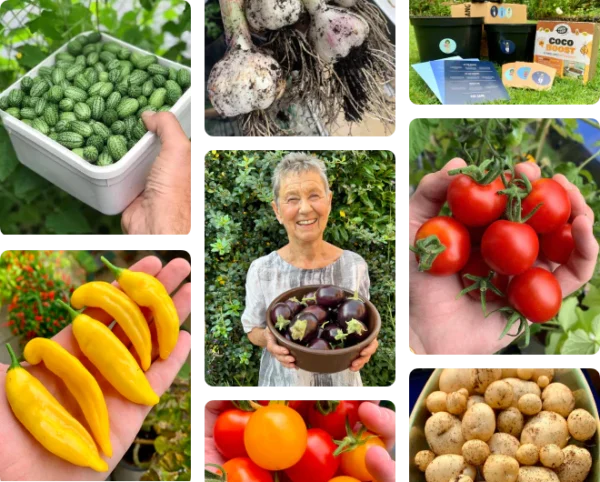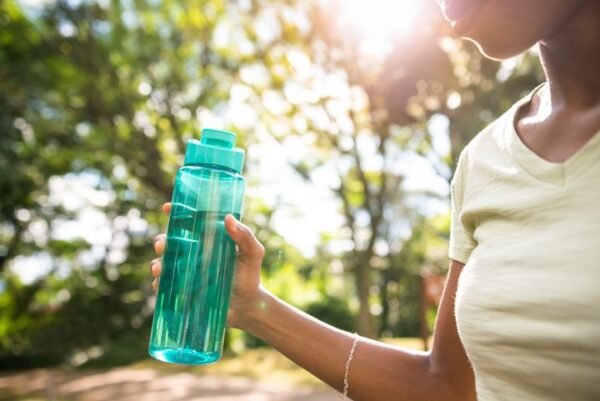
Summer Hydration Essentials – Discover how to Beat the Heat

Proper hydration is important for our overall body health and well-being all year long, let alone during the summer period, when the heat leads to greatly increased fluid loss.
Additionally, global warming and the rise of average temperature, add up to the necessity for our body to receive a sufficient amount of liquids, something crucial to remain energized and capable of doing our everyday activities, as well as preserving a healthy look.
Although, is water enough? Should it be the main source of hydration and to what extent in comparison with other sources? Which are the essentials to carry with you that will help you beat the heat and what other techniques could you apply to maintain a good hydration level?
1. The Irreplaceable Water
Yes, mineral or sparkling water, is the most obvious and significant hydration essential. The recommended amount equals to 8–10 glasses per day. Although if you get engaged in any sport/outdoor activity, or if you spent long periods in the sun, it is profound you have to adjust the amount in order to compensate for the additional fluid loss through sweat. Having a reusable bottle with you is a must, not only for sustainability reasons, but also because several city centres have public domains of drinkable water, to refill your bottle, thus it’s also money-saving.
2. Water with a Twist
If plain water seems boring after some point, an infusion might be appropriate for you. Lemon (or lime) wedges, cucumber slices and mint leaves, are the most popular choices. The outcome is a refreshing flavour, in a completely natural way. To enjoy drinking water, it is important to not end up avoiding it.
3. Consider your Diet
The hydration level is not exclusively determined by the consumption of liquids, rather than the liquids being beneficial for your body, as part of a thoughtful and hydration-friendly nutrition behaviour. To be more specific, excessive alcohol and caffeine lead to dehydration. If you are not willing to avoid them, at least have in mind to balance the loss. Herbal teas, caffeine-free such as chamomile, peppermint, or hibiscus are great alternatives, general beneficially besides hydrating.
Furthermore, your meals should be high in water content. Prefer mostly salads and soups, and include as many delicious fruits (watermelon/melon, oranges, strawberries, and cantaloupe).
4. External Supporters
It’s totally okay if you feel like needing external intervention to maintain a good hydration level, even if you’re trying your best. Your first supporter, couldn’t but be one or more body moisturizing products of the market. In fact, it’s recommended to get a hydrating mist, to be prepared for any occasional skin-dry, and in any case is crucial for a healthy and good-looking skin during summer. If your memory isn’t your best friend, or if you usually don’t feel naturally the need to drink water, a lot of mobile-apps will help you keep tracking, whilst you can add reminders if you need to.
Lastly, give your own body the chance to be comfortable in the current environmental conditions, by dress in loose, light-coloured and lightweight clothes, made of breathable fabrics.
5. The Do Not’s
After extendedly analysing how you can provide your body the amount of water it needs, it’s time to conclude with a few final tips of what it’s likely to avoid. These are to avoid pointless exposure to the sun, especially during peak times (10.00 – 16.00) and seek shade instead, as also to minimize strenuous outdoor activities and intense exercising in not cool environments, to avoid exhaustion.








